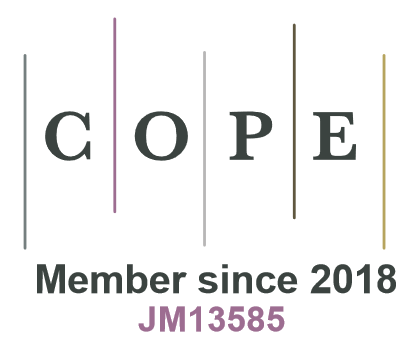Articles containing the keyword 'pathogenicity'
Category : Research article
Fungal pathogens associated with bark beetles constitute one of the most significant problems to forest health. The Turkish pine (Pinus brutia Ten.) is a native species in the forests of Türkiye and occurs in the Mediterranean-type climate. The Southern Marmara is a natural occurrence area of Turkish pine in the Marmara Region. In the present study, trap logs were set up in pure Pinus brutia forests to investigate fungi associated with Orthotomicus erosus (Wollaston) (Mediterranean pine beetle) throughout Southern Marmara. Orthotomicus erosus adults, larvae, and their galleries were sampled and individually cultured on a 1% CSMA (cycloheximide–streptomycin malt agar) medium. Three ophiostomatoid fungi were identified using morphological characteristics and molecular genetic analyses: Ceratocystis (syn. Ophiostoma) ips (Rumbold) C. Moreau, Graphilbum sp. H.P. Upadhyay & W.B. Kendr., and Leptographium wingfieldii M. Morelet. All three species were new in records of the fungal flora of Türkiye. The most dominant of these species, Ceratocystis ips was isolated 69%. Unexpectedly, L. wingfieldii had a high-frequency association with O. erosus (27%). The pathogenicity tests showed that all three species could cause lesions on branches of Turkish pine but were non-pathogenic or weak pathogenic.
Several eastern European countries have reported outbreaks of oak die-back during the 1980’s. Species of Ophiostoma Syd. were isolated from diseased trees and have been suggested to be the possible causal agents of the die-back, but this view have generally not been accepted. In order to monitor the post-outbreak region of oak die-back and to consider the possible role of Ophiostoma spp. in the syndrome, research has been conducted in the Tellerman forest, Voronezh region, Russia between 2005 and 2011. Our study resulted in the isolation of ophiostomatoid fungi from Quercus robur L. trees displaying external signs of desiccation. Fungi were identified based on morphological characteristics and DNA sequence comparisons. Three species of Ophiostoma were identified including O. grandicarpum (Kowalski & Butin) Rulamort, a species closely related to O. abietinum Marm. & Butin, O. fusiforme Aghayeva & M.J. Wingf. and O. lunatum Aghayeva & M.J. Wingf. representing a poorly understood species complex, and most commonly O. quercus (Georgev.) Nannf. Pathogenicity of these fungi was tested using artificial inoculations on Q. robur trees. The fungi were shown to be non-pathogenic and unlikely to play any role in oak die-back. These fungi are most likely only components in a complex of abiotic, biotic and anthropogenic factors that have contributed to a die-back of Quercus spp. in Russia.



